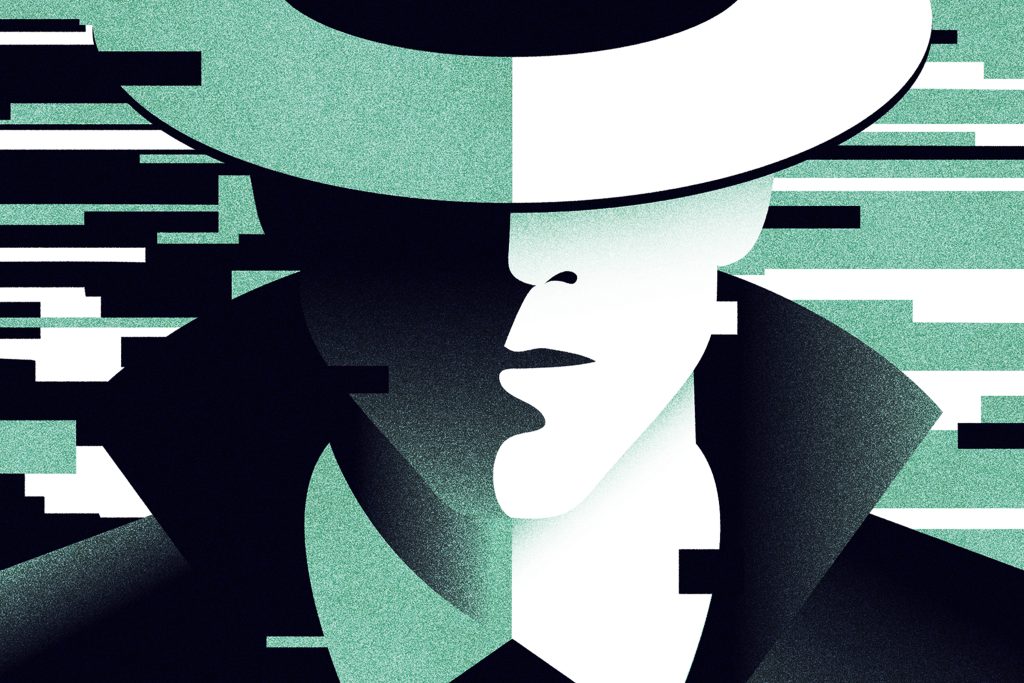
A probe into the leak of secret U.S. documents likely will require investigators to examine those who had access and scrutinize details like objects captured in photos of the materials, former U.S. officials told Reuters, as pressure grows to find the person or group responsible.
The Department of Justice opened a formal criminal probe last week after the matter was referred by the Pentagon, which is assessing the potential repercussions of what may be the most damaging release of classified U.S. information in years.
U.S. Defence Secretary Lloyd Austin on Tuesday said the United States will «turn over every rock» to find the source of the leak.
While leak investigations can take months or even years, investigators face intense pressure to find the source of this security breach given the possibility that more documents could be leaked.
But White House spokesperson John Kirby separately cautioned reporters that it was «difficult to know» how long it might be before answers are found.
«I think it would be foolish for anybody to guess how long that’s going to take,» Kirby said.
Access list, ‘pen registers’ could be key
Reuters has reviewed more than 50 of the documents, labelled «Secret» and «Top Secret,» but has not independently verified their authenticity.
Two former U.S. officials told Reuters that one of the investigators’ first steps would be reviewing who had access to the dozens of documents, photographs of which were posted on social media platforms last month, or possibly earlier.
One potential clue: a number of documents are embossed with the Joint Chiefs of Staff emblem and one document is purportedly a daily intelligence update for the chairman of the Joint Chiefs of Staff and the secretary of defence. This could help investigators focus their effort, though many people could have had access to these documents.
Some images also depict printouts of documents with time stamps at the top right corners showing when they were printed.
That could be a key indicator because government classified computer systems keep logs of those who view and print documents, said Mark Zaid, a lawyer who practices national security law.
A former federal prosecutor, speaking on the condition of anonymity, said that once investigators narrow the list of people with access to the materials, they could seek «pen registers» that would show a history of outgoing phone calls made without revealing their content. They also could try obtaining search warrants for electronic cloud accounts and electronic devices, potentially giving access to private messages and documents.
How solvable is the case?
Michael Atkinson, the U.S. intelligence community inspector general until 2020, said investigators may be able to discover the leaker’s electronic fingerprints, given the large number of leaked documents along with the fact that they were shared on online forums.
«I think this one will probably be solved,» said Atkinson, who also worked at the Department of Justice. «This does not look to me to be the perfect crime.»
Others are less confident.
Daniel Hoffman, a former senior CIA undercover officer, said that if the release of documents was part of a misinformation effort by Russia or another country, those responsible could have deliberately inserted misleading clues, including fake time stamps.
«This is going to be a big challenge to get to the bottom of whatever happened. We may never know [who leaked the documents],» said Hoffman.
There could be clues in the photos posted to social media, but as with time stamps and other details, investigators will need to be wary of deliberate attempts to sow confusion.
Officials have told Reuters that the breadth of topics addressed in the documents, which touch on the war in Ukraine, as well as China, the Middle East and Africa, suggest they may have been leaked by an American rather than an ally.
Investigators were considering a number of theories, from someone who misplaced the documents to an insider who actively wanted to undermine U.S. national security interests, a U.S. official told Reuters.
Amanda Sloat, National Security Council senior director for Europe, told reporters Wednesday that the U.S. has been engaging with its allies over the recent purported leak.
«I think we’ve been having engagements across the administration with a broad number of allies and partners but can’t speak specifically with [what] the president intends to raise for the prime minister this morning,» .
She was responding to a question on whether U.S. President Joe Biden would raise the issue in a meeting with British Prime Minister Rishi Sunak during his visit to Northern Ireland on Wednesday.
SOURCE: CBC